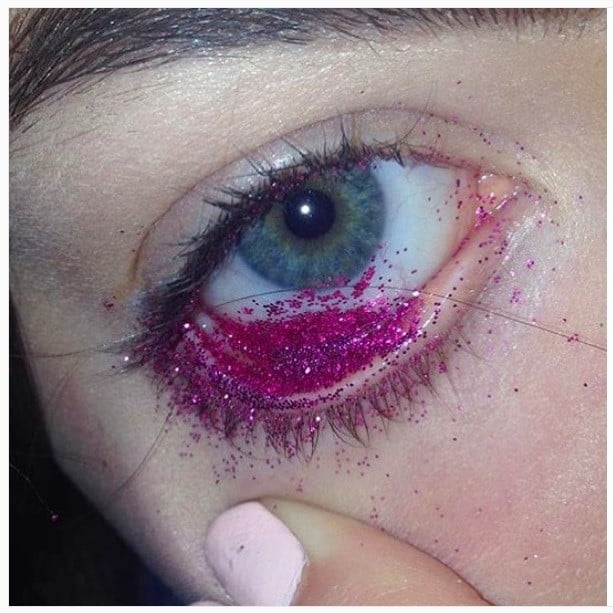Water-dwelling amoebae that infect your eyes
If there was ever a cautionary tale about swimming with your contact lenses on, it’s the 34 cases of ‘Acanthamoeba keratitis’ reviewed by Melbourne researchers in the British Journal of Ophthalmology this year.

Like something straight out of a horror movie, Acanthamoeba keratitis occurs when microscopic water-dwelling critters called amoebae infect the cornea (the clear window at the front of the eye) with the potential to cause permanent blindness. The rare disease has been documented worldwide, and is typically associated with contact lens use and contaminated swimming pools.
The researchers reviewed 34 cases in Melbourne that occurred over an 18-year period. Patients presented with severe eye pain, redness and swelling, a ring-shaped corneal ulcer, and thinning of the eye tissue. An overwhelming number of the cases (86 per cent) occurred in contact lens wearers, six of whom admitted to swimming with their contacts in, while seven said they'd rinsed theirs with tap water. But before you switch to glasses and avoid the pool this summer - the researchers say that if contact lens wearers follow their optometrist’s instructions and proper hygiene procedures, their eyeballs should remain infection-free.
Barbed tarantula hairs

“Have you come into contact with a tarantula recently?” It’s not a standard question to expect when presenting at an optometrist with a chronically inflamed eye.
However, ophthalmologists at St. James's University Hospital in Leeds, England, used high magnification lenses to find tarantula hairs in the eye of one man. The case was reported in the British medical journal The Lancet in 2012.
Tarantulas release a mist of barbed hairs to defend against predators. In this case, the man was cleaning out the glass tank of his pet tarantula. He initially didn’t think anything of the spider brushing past his face until he presented with red, watery and light-sensitive eyes.
27 contact lenses stuck together
The story of the woman who had a clump of 27 contact lenses removed from under her eyelid made the world’s eyes water when it went viral recently.
The British Medical Journal reported that doctors found 27 contact lenses in a 67-year-old patient's eye when she was being prepped for surgery at England's Solihull Hospital.
The lenses were clumped together in a "blueish mass" and were "bound together by mucus," according to the piece.
Insta-dangerous: Glitter, safety pins chains, dog paws and octopus tentacles

A very popular Instagram account, Eye Exam, gets the Darwin Award from Australian optometrists.
The Instagram account solicits potentially-dangerous eye-watering photos from its 138,000 followers.
In some of the submitted photos, foreign objects like safety pins and chains are pushed deep into eye sockets.
Then there are the glitter photos. Glitter may seem sparkly and innocuous enough, but getting even one fragment in your eye can cause blindness. One US mother famously documented how a piece of glitter from her daughter’s Valentine’s Day craft project caused an eye infection so bad that she needed to have one eye removed to avoid death.
What to do if you get something stuck in your eye
It is essential that if you have something stuck in your eye that you head straight to your nearest optometrist to have it removed. Don’t attempt to do this yourself as you may damage the eye further and examination of the eye under a microscope is critical to assessing if prescription medication is also required.
• Do not rub the eye.
• In the case of cuts, punctures or embedded objects, do not wash the eye or try to remove objects.
• In the event of chemical burns or dust in the eye, flush the eye with plenty of cold water for at least 15 minutes.
• If an eye injury occurs, see an optometrist or ophthalmologist or go to your nearest hospital as soon as possible. The full extent of the damage is not always apparent and even a seemingly minor injury may cause permanent damage if it is not treated immediately.
For more eye health tips and to find your local optometrist visit www.goodvisionforlife.com.au






